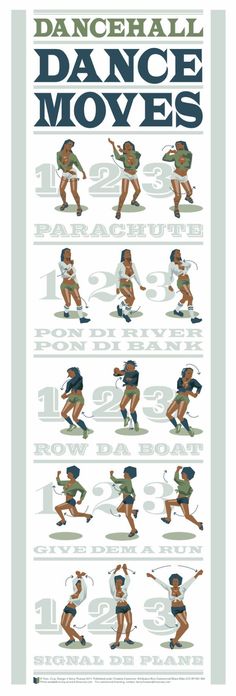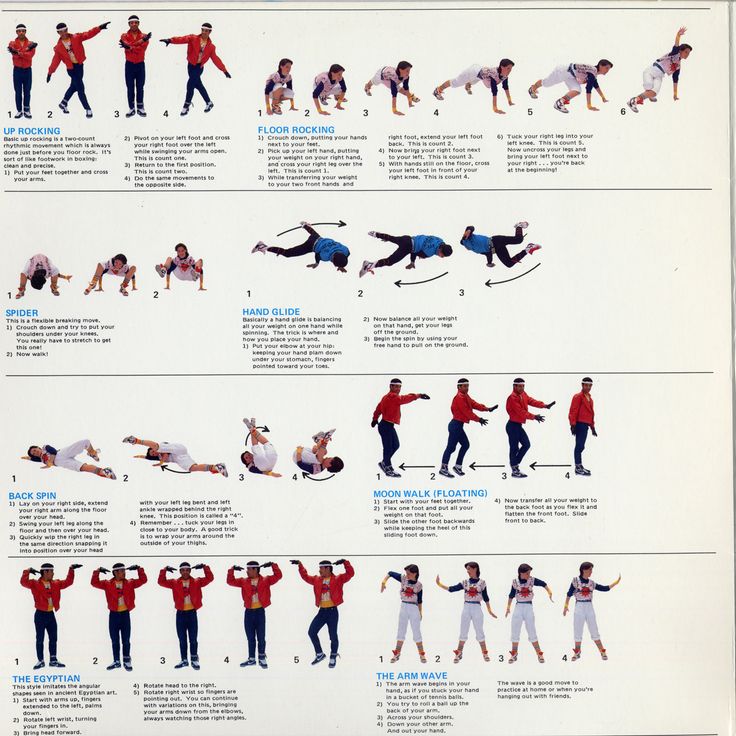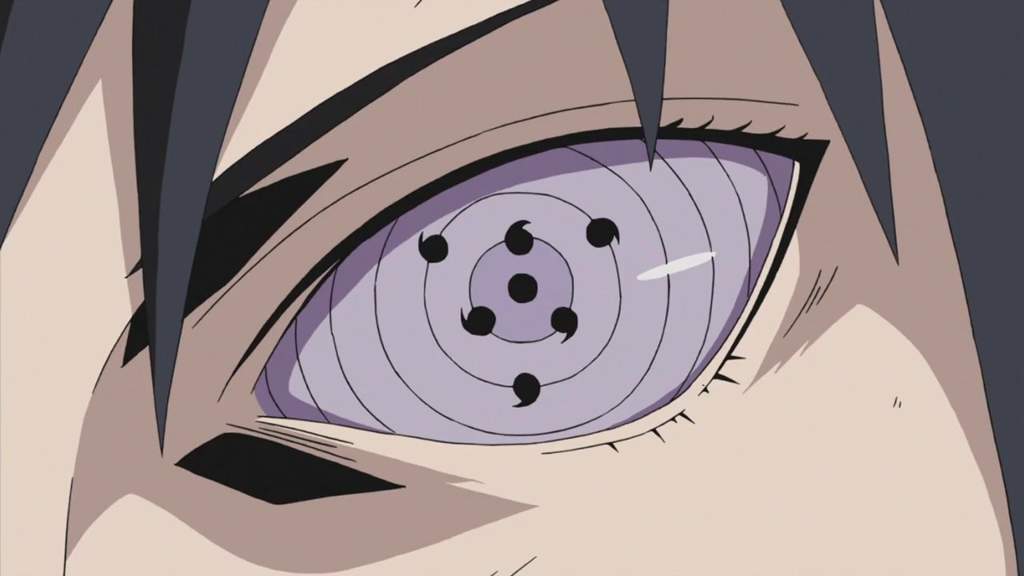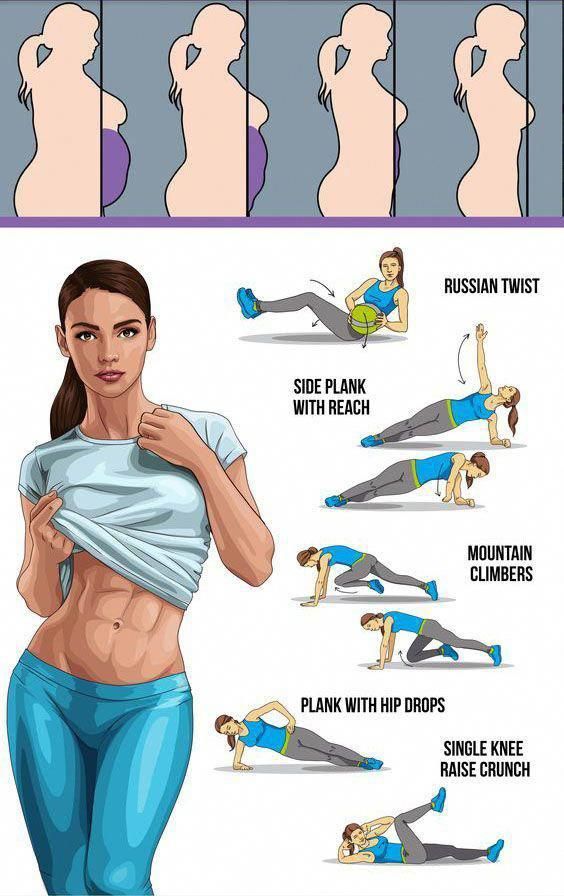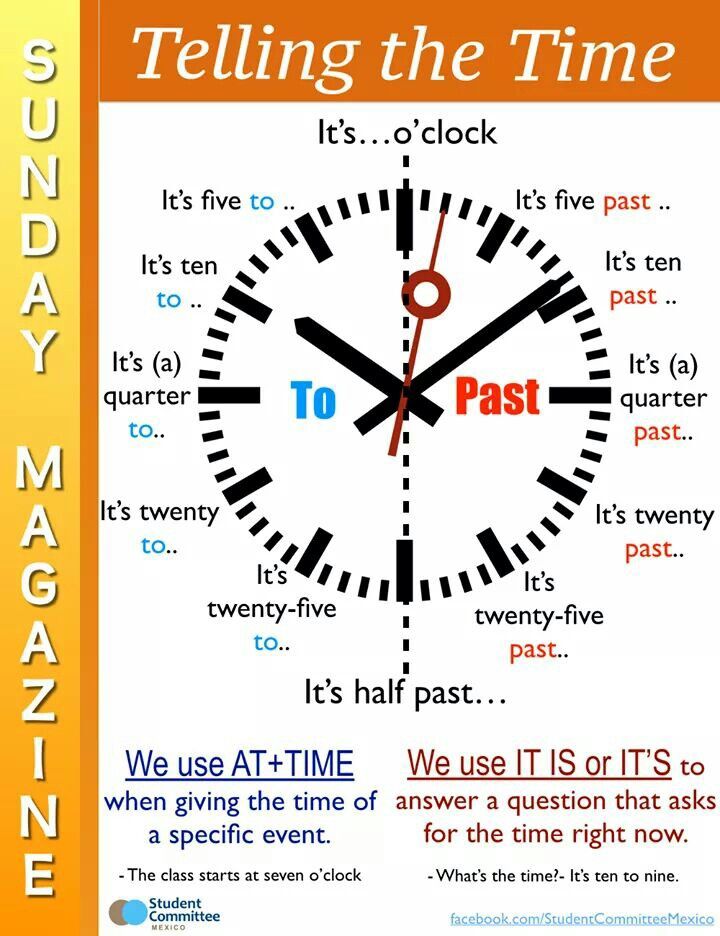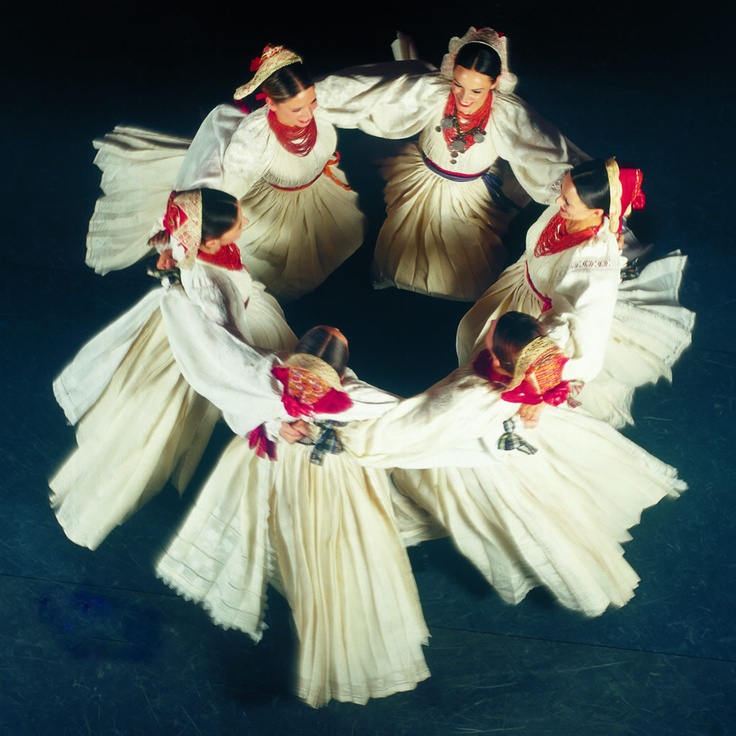How to do the hustle dance steps
Hustle Dance Classes Goodyear - Hustle Dance Lessons Arizona - Hustle Dance Studios AZ
Learn all about the Hustle!
What is the Hustle?
The hustle peaked in popularity in the mid to late 1970s, particularly following the release of the film, Saturday Night Fever. It can be danced with a partner or in a line formation, and a number of variations of each style exist, from the New York Hustle to the California Hustle, i.e., the “Bus Stop.”
History of the Hustle
Unlike many other ballroom dances, the origins of the Hustle aren’t buried in the distant past. Many hustle fans can still remember when the dance first swept the country in the mid to late 1970s following the release of the blockbuster film, Saturday Night Fever.
As with so many other dance crazes, the hustle began in the dance clubs and party scene of New York City. Dancers in the local Latino community created the dance, infusing the salsa with some swing, mambo, and even tango. The popularity of dance competitions, which attracted many of the city’s best dancers, introduced the hustle to the mainstream, and dancers throughout the country began to introduce variations of the original steps. Line and partner versions of the hustle were developed, with Saturday Night Fever depicting several types of each. Disco fever hit its peak in the middle years of the decade, and the hustle became the dance that defined pop culture for the post-sixties generation.
Once the hype that surrounded the film died down in the late 1970s and early 1980s, the hustle lost some of its luster as people began to rediscover other Latin dances. It has since regained some of its appeal, however, particularly with the popularity of the TV series, That ’70s Show, and the trend among many stylish hosts to hold ’70s-themed parties and events.
How to Dance the Hustle/Basic Steps
If you can walk, you can do the basic California Hustle. Line dancing fans will already be familiar with this popular step.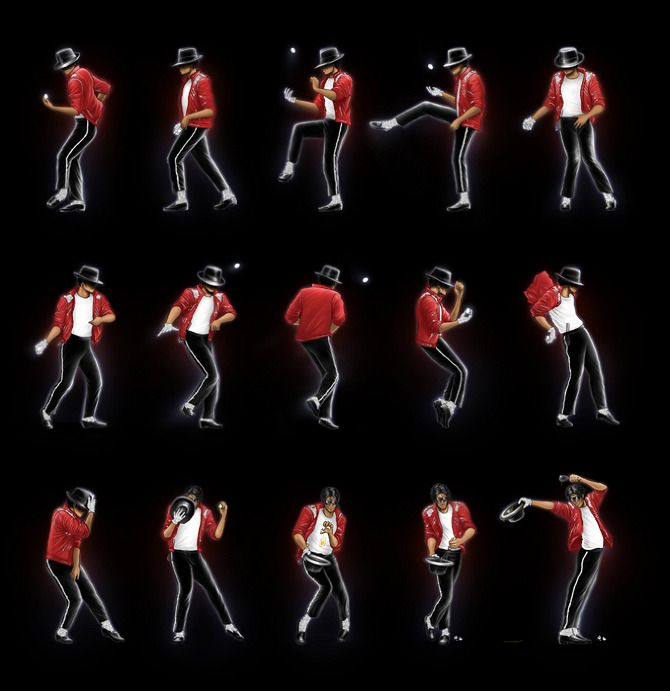 It only looks difficult but only because it has so many steps, but it’s very easy. So put on some of your favorite disco records and have a go:
It only looks difficult but only because it has so many steps, but it’s very easy. So put on some of your favorite disco records and have a go:
- Start with your feet in closed position.
- Step back with your right foot.
- Follow with a step back with your left foot.
- Step back again with your right foot.
- Close your left foot to your right foot.
- Step forward with your left foot.
- Step forward with your right foot.
- Step forward with your left foot.
- Close your right foot with your left foot.
- Step to the left with your left foot.
- Step to the left, crossing behind your left foot, with your right foot.
- Step to the left with your left foot.
- Close your right foot to your left foot.
- Step to the right with your right foot.
- Step to the right, crossing behind your right foot, with your left foot.
- Step to the right with your right foot.
- Close your left foot with your right foot.
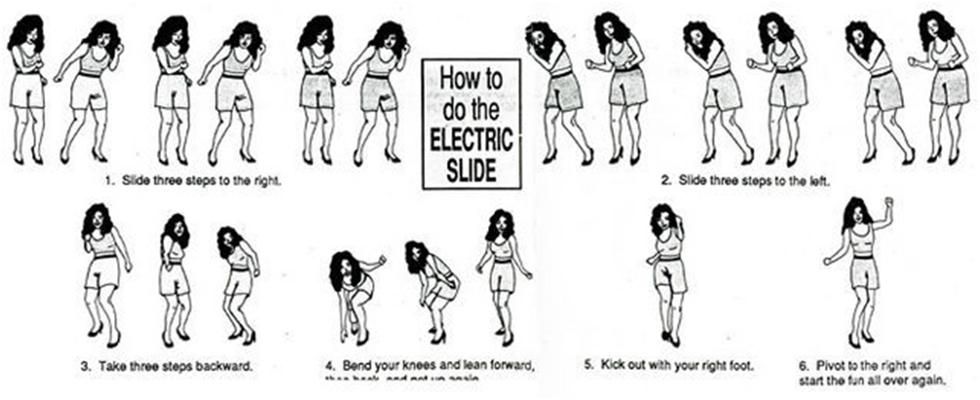
Great Hustle Songs
- “Stayin’ Alive” – the Bee Gees
- “Physical” – Olivia Newton-John
- “Do Ya Think I’m Sexy?” – Rod Stewart
- “Dancing Queen” – ABBA
- “Celebration” – Kool and the Gang
- “Shake Your Booty” – K.C. and the Sunshine Band
The Hustle in the Movies
- “Saturday Night Fever” (1978)
- “Disco Fever” (1978)
- “Stayin’ Alive” (1983)
- “The Last Days of Disco” (1998)
Learn to Dance the Hustle
Arthur Murray, a Goodyear-based dance school, is part of the internationally renowned Arthur Murray Dance Studios system. The Goodyear franchise teaches hundreds of students each year with lessons in the hustle, rumba, salsa, ballroom, swing dance, cha-cha, and others. To schedule your complimentary first dance lesson, fill out our on-site contact form here.
Learn other dance styles!
SwingShoes.Net - West Coast Swing and Hustle in Connecticut
Hustle is an American dance which originated in the 1970s. It is traditionally danced to club hits from the 1970s through contemporary times. The dance is designed to be highly dynamic, flashy, and powerful. Although its movement history is rooted in a 6 count basic, the final form of the dance is a 3 count basic with some extended patterns and syncopations.
It is traditionally danced to club hits from the 1970s through contemporary times. The dance is designed to be highly dynamic, flashy, and powerful. Although its movement history is rooted in a 6 count basic, the final form of the dance is a 3 count basic with some extended patterns and syncopations.
Some history of Hustle
The birth of Hustle partner dancing seems to have simultaneously occurred in New York City and other metropolitan city nightclubs in the United States during the early 1970s. At the point of its origination, it was a 6 count dance which was counted 1, 2, 3&4, 5, 6. According to dancers such as Billy Fajardo, "as things got more competitive in the nightclubs, the guys wanted to add more tricks to their patterns. In order to do so, dancers abbreviated the 6 count pattern to just keep the &4, 5, 6 portion. This changed the basic form of the dance to be counted &1, 2, 3."
The popularity of Hustle dancing during the mid 1970s can not be overstated.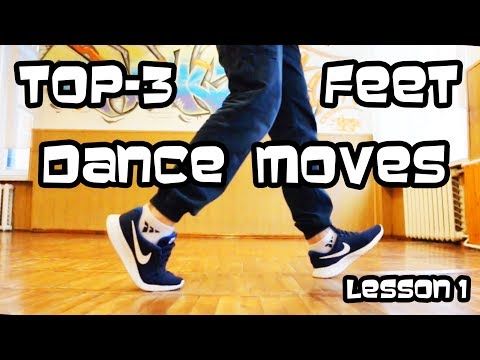 It was the main theme at numerous nightclubs throughout the country. Music for the dance consisted of Funk and the new sounds of Disco, and always had strong beats which would later become the branches for House music, Pop music, Club remixes, slow Trance, and even Lounge music.
It was the main theme at numerous nightclubs throughout the country. Music for the dance consisted of Funk and the new sounds of Disco, and always had strong beats which would later become the branches for House music, Pop music, Club remixes, slow Trance, and even Lounge music.
Songs like Van McCoy's 1975 hit, "The Hustle" and movies like the 1977 film Saturday Night Fever capitalized on the popularity of the Hustle dance craze. Unfortunately, some people thought (and still think) the song and movie defined the dance, a problem which plagues Hustle enthusiasts still to present day.
According to all dancers from the 1970s, the Hustle dance was intimately linked to the nightclubs/discotheques. Famous locations were Studio 54, Ipanema, Boomba, Roseland, Inferno, and Starship.
Today, dancers from the former era are still passing on their knowledge to younger dancers. The dance is relatively new as far as partner dances are concerned. This means that the Hustle of today has evolved since its first steps.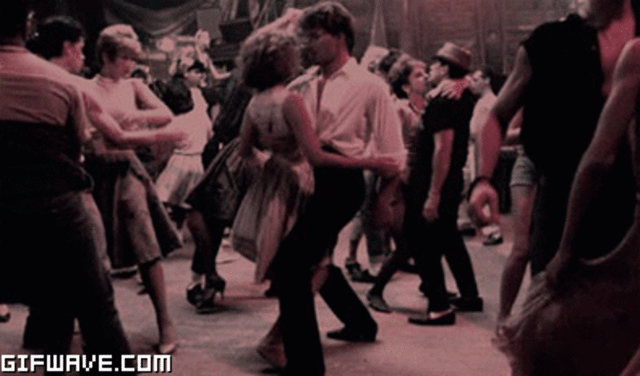 Tempos today are a little slower than fast disco versions that burned out the dance in the early 1980s, and it has been refined in every way. Music still ranges from classics of the original era to contemporary radio remixes and club/house music.
Tempos today are a little slower than fast disco versions that burned out the dance in the early 1980s, and it has been refined in every way. Music still ranges from classics of the original era to contemporary radio remixes and club/house music.
Even though Hustle has been bastardized on shows like So You Think You Can Dance to be called Disco (such as by choreographer Doriana Sanchez, who butchers movements from the movie Saturday Night Fever), Hustle still remains a partner dance (not a line-dance) that is used both socially and competitively throughout the country. Hustle is still the best dance to impress your friends in 30 seconds or less.
What does Hustle look like
Erik Novoa & Anna Brady demonstrate Hustle on a local Connecticut news show with some of their students in 2010.
The basic idea of Hustle
1. The Leader and Follower generally switch positions during each pattern.
2. The Follower is generally moving linearly in a "slot" while the Leader uses "rails" (positions outside the slot) to guide the Follower.
3. The Leader either does a back-break, side-break, or front-break (ball-change / left foot to right foot) on the &1. The Follower usually only does a back-break (ball change / right foot to left foot) on the &1.
4. Movement is generally smooth.
5. Hustle can be slotted, as well as rotational (the slot can warp as well as move). The dance can either be done on-spot or use traveling patterns to change position on the dance floor.
Beginner Videos of Hustle
Check out our Hustle 101 videos to view the basics.
Music for Hustle
Music for Hustle is generally noted for its strong beats. Music associated with parties, nightclubs, and discotheques are perfect for Hustle dancing. The tempo generally ranges from 100bpm to 130bpm. Recently, some R&B music has been used to enjoy Hustle to a slower tempo.
Recently, some R&B music has been used to enjoy Hustle to a slower tempo.
Classic - Smarty Pants (First Choice), Romeo & Juliet (Alec Costandinos), Risky Changes (Bionic Boogie)
Club - Tonight I'm Lovin' You (Enrique Iglesias), Kill the Lights (Britney Spears), Take It Off (Ke$ha)
Remix - Give it to Me Right Paul Emmanuel Full Edit (Melanie Fiona), Billie Jean Remix 2009 (Michael Jackson), I Know You Want Me (Pitbull)
House - Toro Mata (Angel Clivilles), Gypsy Woman (Crystal Waters), Fui Cupable Casa de Cuba Mix (Puntillita)
Why people love Hustle
Hustle is a specific type of dance for a specific type of music. It was designed to be a fast, flashy dance for club and party music. It is the "sports car" of the dance family.
Most people from the 1970s and 1980s fell in love with Hustle dancing because it was associated with good times and good friends. It almost has a Pavlovian happy feeling just by playing music associated with the dance. People who learn it today are able to use it to dance to music on the radio and to have a great time at a local nightclub.
People who learn it today are able to use it to dance to music on the radio and to have a great time at a local nightclub.
The footwork of the dance is quite simple and the pattern structure is attainable relatively quickly. This makes Hustle one of the top-learned dances at studios in the United States.
Why people might struggle with Hustle
Although Hustle has footwork that is rather easy to master, it is the most dynamic dance in existence, having a high pattern count per beat structure—3 beats. During most patterns, both partners are changing places and/or changing directions. To the observer, this makes the dance exciting; to the dancer, this makes the dance physically demanding.
Getting Started
If you would like to start Hustle, check our calendar for beginner classes in Norwalk, CT or contact me for more information.
How to dance hustle correctly
Hustle is not just a social dance, but quite an original occasion to get to know each other.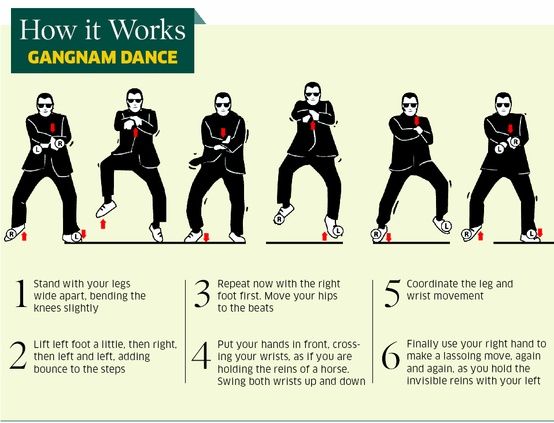 In a disco, on the street, on the roof of an abandoned house, you can hustle wherever there is music and a partner you like. And even if you're spending time alone with the movie Saturday Night Fever, you can still dance without having to have the right shoes, clothes, or a flat dance floor. In this article, we will introduce you to our opinion on how to dance the hustle correctly.
In a disco, on the street, on the roof of an abandoned house, you can hustle wherever there is music and a partner you like. And even if you're spending time alone with the movie Saturday Night Fever, you can still dance without having to have the right shoes, clothes, or a flat dance floor. In this article, we will introduce you to our opinion on how to dance the hustle correctly.
Music
In order to literally start dancing the hustle, you first need the appropriate music. Make your own playlist, from the compositions of which everything inside dances by itself. Here are some sample songs you can use:
- Madonna - Hung Uh
- Bee Gees - Staying Alive
- Eiffel 65 - Blue (Da Ba Dee)
- Van McCoy - The Hustle
- ZZ Top - Sharp Dressed Man
- Donna Summer – Last Dance
- Dead or Alive – Spin Me Round (Like a Record)
- Kelly Clarkson – My Life Would Suck Without You
- C&C Music Factory – Sweat
- ABBA- Gimme! Gimme! Gimme!(A Man After Midnight)
Rhythm
To properly hustle, you need to feel the rhythm.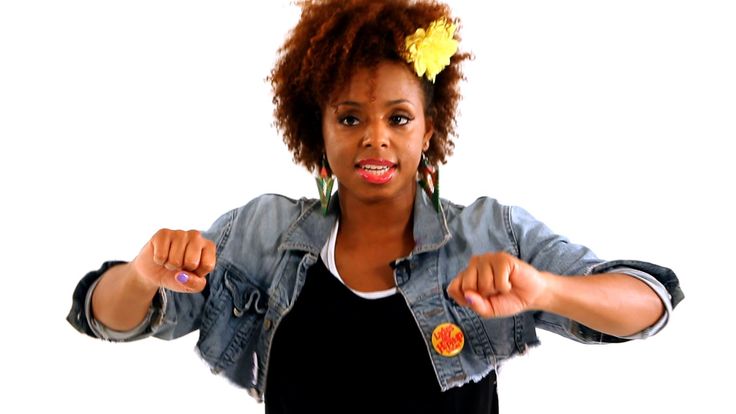 Feel the musical time signature 4/4 (four beats per measure) with your whole body. The score in the dance may vary depending on the teacher. It can be "And, 1,2,3" or "1,2,3,4", or "1,2, And,3". As part of the dance, this is all right as long as you get into the music, and for this you must feel the strong and weak beat in the musical time in order to be able to take a step in any segment of the song. This skill needs to be developed. Turn on the song of your choice and enter the count depending on your position in the dance (from the left foot to "I" or "1" if you are the leader and from the right if you are the follower). Over time, you will begin to hear the downbeat (where you can step in) more clearly.
Feel the musical time signature 4/4 (four beats per measure) with your whole body. The score in the dance may vary depending on the teacher. It can be "And, 1,2,3" or "1,2,3,4", or "1,2, And,3". As part of the dance, this is all right as long as you get into the music, and for this you must feel the strong and weak beat in the musical time in order to be able to take a step in any segment of the song. This skill needs to be developed. Turn on the song of your choice and enter the count depending on your position in the dance (from the left foot to "I" or "1" if you are the leader and from the right if you are the follower). Over time, you will begin to hear the downbeat (where you can step in) more clearly.
Steps
A proper hustle begins with a basic step (American school dancers call it basic "basic"). The step itself is very simple, you can verify this by watching the video on our website. There can be many arbitrary steps in the dance brought from other dance patterns, but in any case, the basic will always act as a "jumper".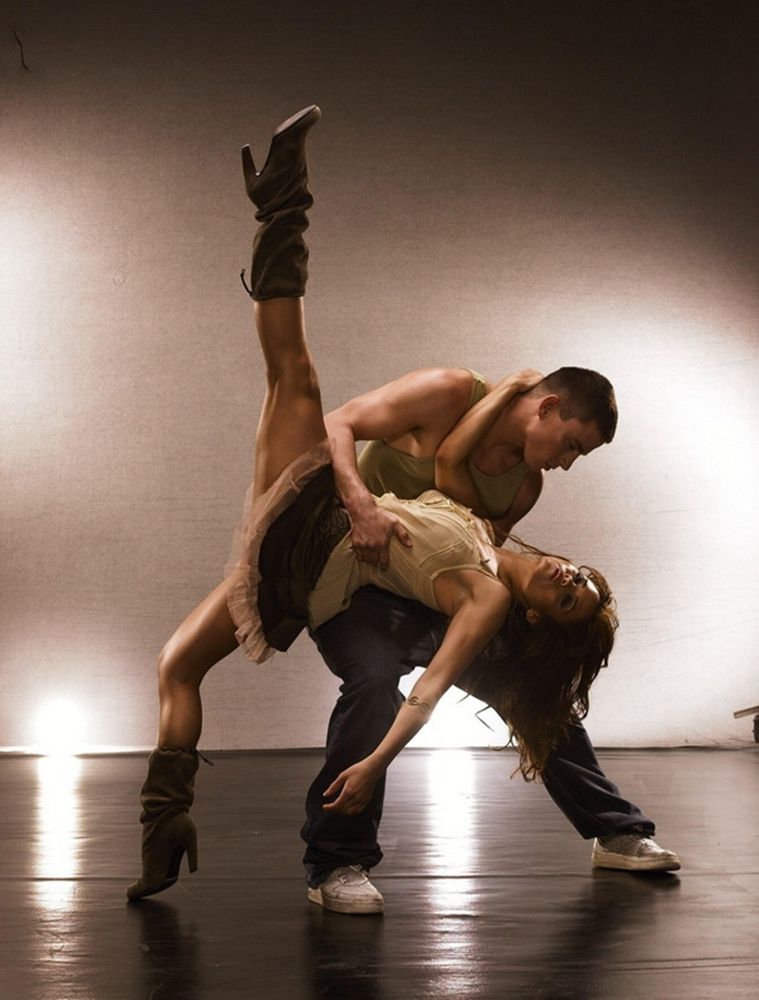 You will also need to know the basic turn step and the diagonal step. They are quickly remembered and are always used in dance (“there are much more necessary” steps, check them out in the video on our website).
You will also need to know the basic turn step and the diagonal step. They are quickly remembered and are always used in dance (“there are much more necessary” steps, check them out in the video on our website).
Dance
To dance properly, some preparatory work must be done. Namely, to work out the main step so that you can perform it without thinking. When, at the level of your reflex or muscle memory, the legs themselves perform the necessary steps for at least 10 minutes to music with a 4/4 time signature, you will be ready to start dancing. By dance, we mean the performance of "schemes" or, as they say, "patterns", combinations and bundles of movements that can be alternated in any order.
Partner
To properly hustle with a partner, some individual practice is required, and you will have it if you follow all the steps above. Take your partner's hands in yours, left in the right and right in the left and keep them loose, but not so that they dangle.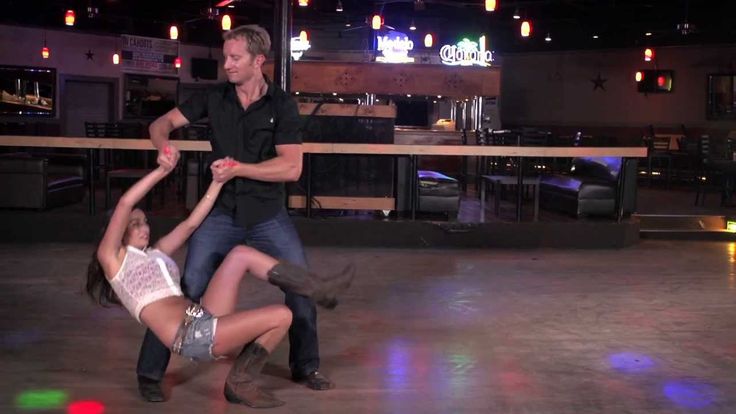 Some styles of hustle involve closer contact between partners (closed position), but if you have just started dancing or the partner is not familiar to you, start all movements from an open position (standing facing each other at a distance of outstretched and slightly bent arms).
Some styles of hustle involve closer contact between partners (closed position), but if you have just started dancing or the partner is not familiar to you, start all movements from an open position (standing facing each other at a distance of outstretched and slightly bent arms).
Improvisation
To dance the hustle you need imagination and a willingness to improvise, because this dance is performed not only for two, but also for the audience. Its task is to attract and hold the attention of the maximum number of people, if you perform a social dance with an unfamiliar partner, the task is to impress the partner. The rhythm of the dance is so simple that you can bring into it figures and elements from any dance, rock and roll, samba, waltz, contemporary, whatever you want, and what is good to go to music. But, in our opinion, before you start free improvisation, you need to learn the frequently used movements and patterns, you can even make small changes to them (change the movement of your hand or head).
Common mistakes in hustle dancing
Basic step with body weight transfer
The basic step in hustle is very simple. In an exaggerated sense, it looks like this: stepped forward with the right foot, put the left foot, stepped back with the right foot, put the left foot (in men, on the contrary, we step with the left, and put the right foot so that the movements are mirrored). Here I really want to talk about the knees. Since, in fact, the partners step forward towards each other, from the same leg (actually from different, but in a mirror form, it turns out that from one), with the wrong range of motion, the meeting of the knees is inevitable. To prevent this mistake, it is necessary either to reduce the depth of the step, or to direct the knee with the toe of the foot slightly to the side. Those. slightly turn the toe of the foot outward when stepping so that the knee goes a little to the side, if your partner walks straight, then the likelihood of hitting the knees will already decrease. This mistake is typical for beginners, as experienced partners do not step wide.
This mistake is typical for beginners, as experienced partners do not step wide.
Another important point is the plasticity of the legs. Beginners often make the mistake of shifting body weight while walking, from one foot to the other. Firstly, they do not use the entire foot, from toe to heel, and secondly, they lift the foot off the floor not with an upward impulse, but with an impulse parallel to the floor. This error is easily corrected if you pay attention to it. You can practice in the right direction on our website using the wonderful video lesson “basic” step part 1.”
Cross Hands
The cross hand position is the starting point for many of the hustle dance moves. The "normal" position is when the right hands are on top and the left hands are on the bottom. A common mistake is that the partner forgets to bring the position of the “cross hands” after performing any movement to the “normal” state, i.e. leaves left hands on top. To solve this problem, a simple mindfulness is enough.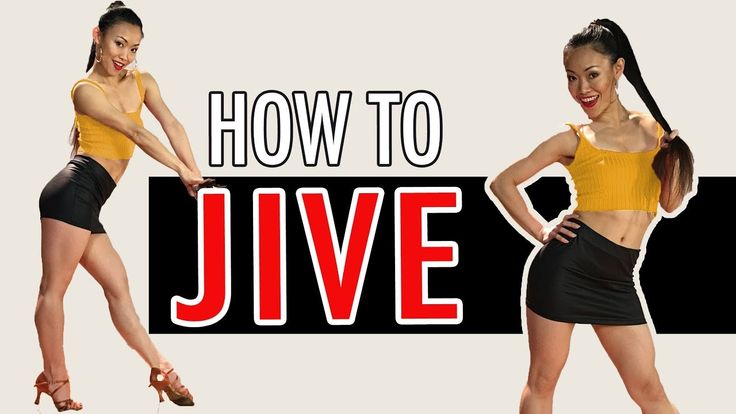 For example, the motion "presentation" from the position of the right hands on top is performed twice, so the partners again come to the "normal" position when the right hands are on top.
For example, the motion "presentation" from the position of the right hands on top is performed twice, so the partners again come to the "normal" position when the right hands are on top.
“Presentation” at the level of the shoulder girdle
Since we have already started talking about “presentation”, I would like to recall one more mistake. When the lead partner turns the follower into a presentation position, the follower's hands should be fixed at the level of the shoulder girdle. In cases of a large difference in height, the leading partner can raise the hands of the follower too high, to the level of his shoulder girdle, a kind of “butterfly” effect is obtained when the partner’s hands are raised high, and the palms are in line with the head. In addition to this error, there is another pitfall in the presentation position. The partner, being in a close position from the partner, can “fall over” with her back on his chest, in no case should this be done. Such a situation can arise if the partner does not support the partner's hands correctly, pulling them towards himself, in this way he kinetically informs the partner's torso an impulse to move backward. Another option is when the partner is too far away from her leader, and, going into the “presentation” position, she cannot maintain the balance of her arms, body and legs. Whatever the reason, it is a mistake.
Another option is when the partner is too far away from her leader, and, going into the “presentation” position, she cannot maintain the balance of her arms, body and legs. Whatever the reason, it is a mistake.
Safe backbends
Attention, now we will talk about an error that can disable the dancer. We are talking about deflections. In the hustle, as in other social dances, most of the backbends go to the partner. Two groups of errors can be distinguished: incorrect support by the partner and the actually incorrectly performed bending of the partner. Beginners diligently perform backbends, while arching the spine, injuring the lower back. The mistake is that most of the backbends should be done with bent knees or the knee and the deflection in the shoulder blades. The deflection in the lower back can end in anything, even an injury or displacement of the vertebrae, and at the same time it will not even look spectacular during the dance. The partner's mistake may lie in the fact that he did not provide the partner with proper support (this is usually the thigh or knee, which takes part of the partner's weight and the palm supports the deflection in the shoulder blades).



